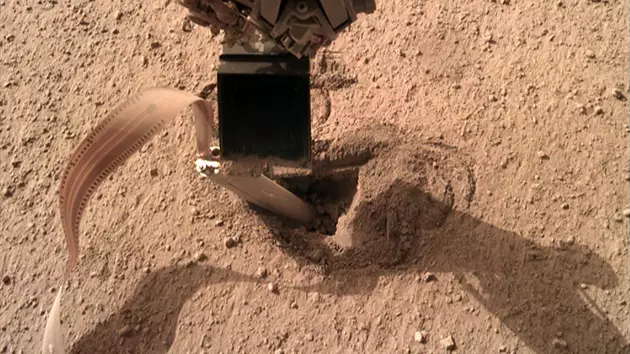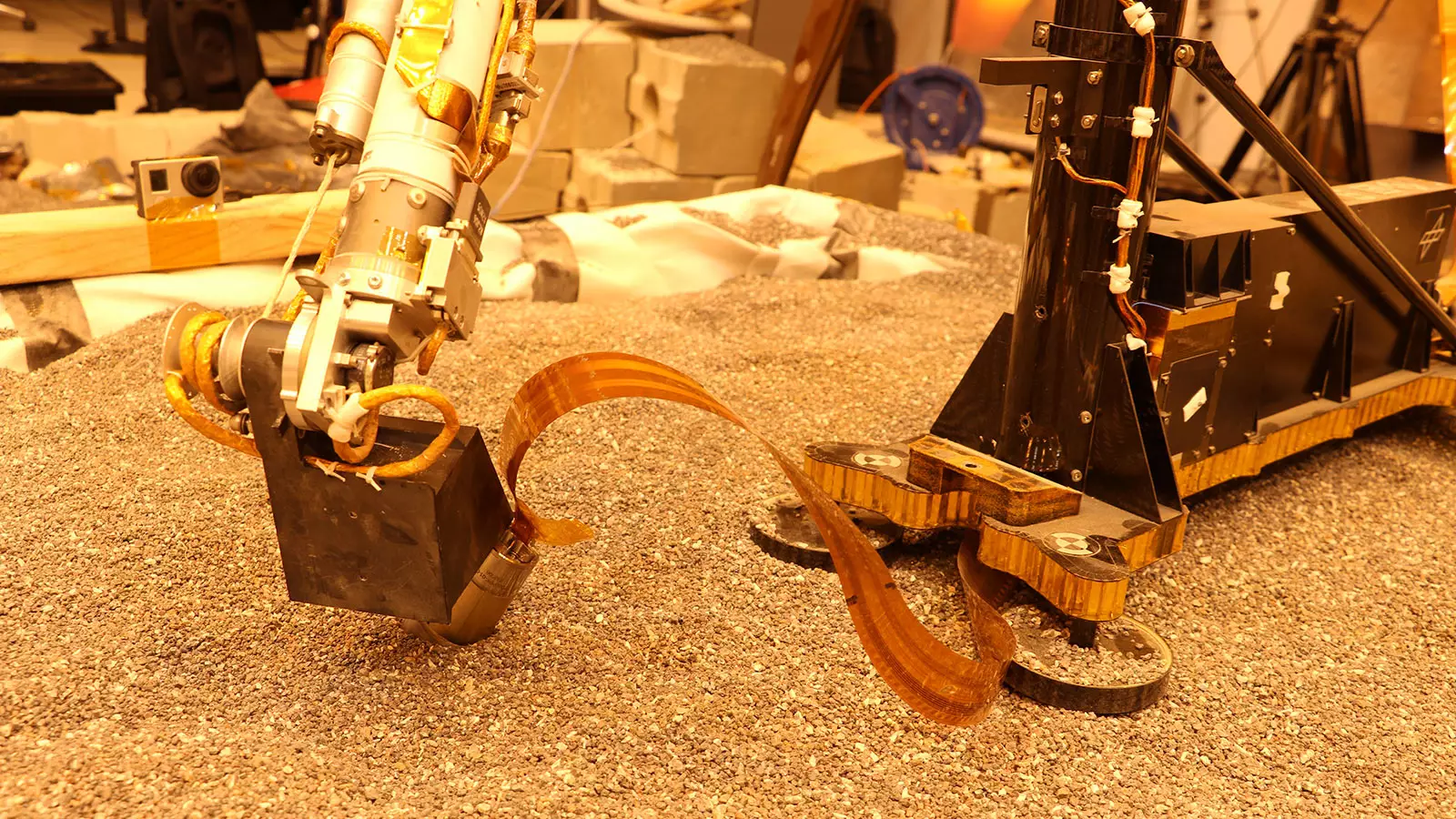
Back in the day, lots of different technologies that were experiencing difficulties could be remedied by hitting it with a clenched fist.
While it might have dislodged some of the inner workings of the device, it weirdly seemed to work sometimes.
You wouldn't dream of doing that now because it could be a very costly decision, however a team at NASA managed to get its Mars lander out of a very tricky situation with a similar method.
Advert
The Mars Insight lander was sent to the Red Planet to drill into the crust to see what lay beyond the surface.

But when the lander's 38-centimetre probe, which it uses to dig into Mars, got stuck in the ground, NASA was stooped on how to get it out.
After months of simulations and tests back on Earth, experts settled on the idea of getting the lander to hit itself with Insight's shovel.
Advert
The plan was risky because it could damage the internal system and render the machine effectively useless.
But miraculously, it worked.

NASA wrote on social media: "A bit of good news from #Mars: our new approach of using the robotic arm to push the mole appears to be working!
Advert
"The teams @NASAJPL/@DLR_en are excited to see the images and plan to continue this approach over the next few weeks."
Tilman Spohn, principle investigator for the lander's Heat Flow and Physical Properties Package (HP3), wrote in a blog that they were amazed that their 'Plan C' worked.
"We all became more confident that the risk of accidental damage to the tether (with its power and data lines) was small enough to be worth taking," he said.
Advert
But the hard work isn't over.
The probe is now simply unstuck from its position; the lander now has to dig around it in order to free it from the ground.
That is expected to take a while before the rest of the mission to get the probe a few inches into the Red Planet is able to continue.
Featured Image Credit: NASA/JPL-CaltechTopics: News